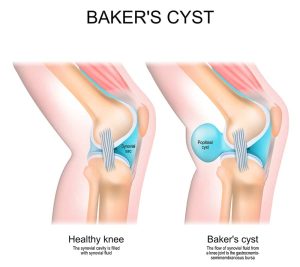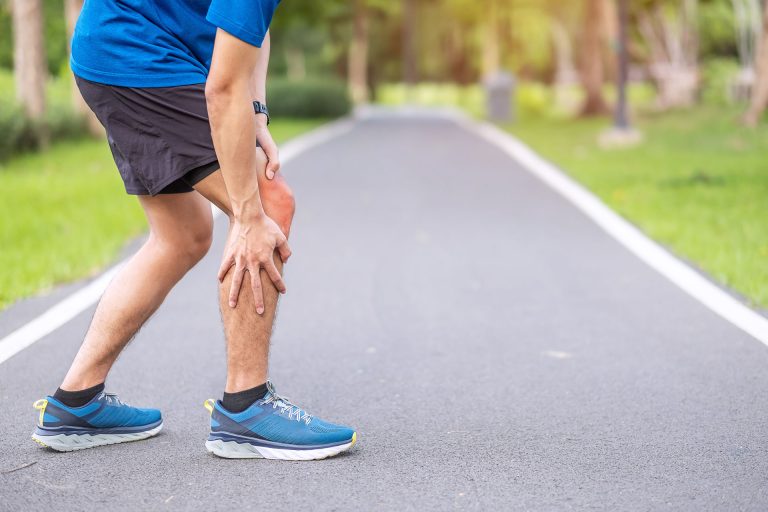

Patellofemoral Pain Syndrome (PFPS), commonly known as “Runner’s Knee,” is a condition characterized by pain in the front of the knee due to improper movement of the patella (kneecap) along the femoral groove of the thigh bone. It is a chronic condition that worsens with activities such as running, climbing stairs, prolonged sitting, kneeling, and squatting.
This condition is common among athletes, runners, and individuals with muscle imbalances that affect proper knee alignment. If left untreated, it can lead to chronic pain, reduced mobility, and further knee complications.
Dull, aching pain in the front of the knee, which worsens with activity.
Knee ‘popping’ or ‘grinding’ sounds during movement.
Pain aggravated by prolonged sitting, squatting, or using stairs.
Swelling or tenderness around the kneecap after activity.
Several factors contribute to the development of PFPS, including:
Overuse & Repetitive Stress – High-impact activities like jumping, running, or frequent squatting can place excessive strain on the kneecap.
Muscle Imbalances & Weakness – Weakness in the hip, quadriceps, or gluteal muscles can affect kneecap alignment and stability.
Trauma or Injury – Direct impact to the kneecap, such as from falls or sports-related injuries, can cause pain and misalignment.
Patellar Misalignment (Tracking Issues) – Abnormal movement of the patella can cause uneven wear and irritation.
Risk Factors for Developing Patellofemoral Pain Syndrome
Age – PFPS commonly affects young adults and adolescents, especially those engaged in sports.
Gender – Women are twice as likely to develop PFPS due to their wider pelvis, which alters the knee’s alignment and increases stress on the patella.
Certain Sports & Activities – High-impact sports like running, basketball, soccer, and volleyball increase the risk of developing PFPS.
At York-Med Physiotherapy & Wellness Centre, our registered physiotherapists and chiropractors provide a personalized, evidence-based treatment approach to effectively manage Runner’s Knee and restore full knee function.
Our Treatment Approach Includes:
Ultrasound therapy, interferential current (IFC), and ice therapy to reduce swelling and relieve discomfort.
Hands-on techniques, such as soft/deep tissue massage and joint manipulations, to release tension and improve flexibility.
A thorough biomechanical assessment to identify muscle imbalances and movement dysfunctions that may be causing the pain.
Patellar taping techniques and custom knee braces to improve patella tracking and stability during movement.
Targeted strengthening exercises for the quadriceps, hamstrings, glutes, and hip muscles to improve knee alignment and stability.
Custom orthotics to correct foot posture and alignment, reducing knee stress during movement.
At York-Med Physiotherapy & Wellness Centre, we use a multidisciplinary approach to treat knee pain and prevent re-injury. Whether you’re an athlete, active individual, or someone experiencing knee discomfort in daily life, our team of experienced physiotherapists and chiropractors will develop a customized treatment plan tailored to your needs.
Book an appointment today to start your recovery and get back to an active, pain-free lifestyle!
© 2020 York-Med Physiotherapy and wellness center | Richmond Hill & Vaughan. All Rights Reserved.
Designed by Magham Agency